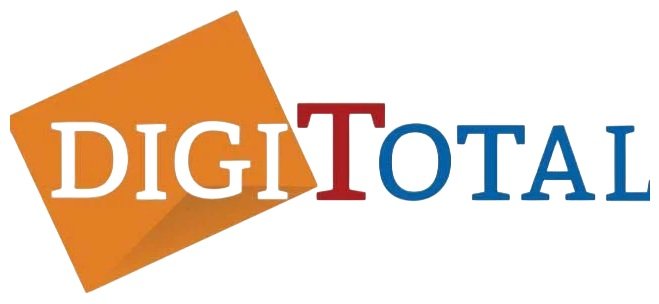Why Image Optimisation Is the SEO Secret You Shouldn’t Ignore
If you’ve been thinking SEO only comes down to tweaking your website copy and keywords, it’s time for a rethink. One of the often-overlooked elements that can significantly impact your search performance is how you use and optimise images across your website.
Well-chosen visuals do more than just look good—they help improve the user experience, boost engagement, and support better rankings on Google. But if your images are oversized, poorly labelled, or slow to load? You could be turning away visitors before they even get a chance to explore your content.
In this guide, we’ll break down everything you need to know about optimising website images—whether you’re a beginner or a more experienced digital marketer looking to tighten your SEO game.
Why Image Optimisation Should Be Part of Your SEO Strategy
Modern users browse across multiple devices—phones, tablets, desktops, and even smart TVs. If your images aren’t designed to load fast and look good on all screen sizes, you risk frustrating your audience. Google’s guidelines on image SEO emphasize how image optimization affects search rankings and user experience. Learn more about image SEO directly from Google.
Key Benefits of Image Optimisation:
- Faster page loading times
- Improved mobile experience
- Lower bounce rates
- Higher chances of ranking in image search results
- More meaningful engagement with your content
Image optimisation isn’t just a technical checkbox—it’s a direct contributor to your site’s performance and SEO results.
The Often-Ignored Power of Image Captions
Not every user reads your full blog post or product page, but many do scan for key elements—and captions are one of the first things people glance at.
Why Image Captions Matter:
- They provide context for both users and search engines.
- They can include strategic keywords to support your SEO.
- They improve accessibility and enhance the skimmability of your content.
How to Write Effective Image Captions:
- Keep them short, clear, and relevant.
- Include a brief description of what’s happening in the image.
- Use keywords naturally—avoid stuffing.
SEO-Friendly Image Optimisation: 8 Simple Techniques That Work
- Choose Quality Images (Without Slowing Down Your Site)
Use crisp, clear images—but don’t upload ultra-high-res files straight from your camera. Aim for a balance between quality and file size. - Compress Before You Upload
Use tools like TinyPNG, ShortPixel, or ImageOptim to reduce image weight and speed up your pages. - Use Descriptive File Names
Use names likeoffice-team-digital-marketing.jpginstead ofIMG_4593.jpg. - Add Alt Text to Every Image
Write natural descriptions, e.g., “Digital marketing team collaborating on strategy.” - Choose the Right File Format
Use:- JPEG for detailed photos
- PNG for transparent graphics
- WebP for next-gen compression
- Use Responsive Images
Ensure visuals scale well on all screen sizes usingsrcsetor built-in WordPress features. - Create an Image Sitemap
Help Google find and index your images—ideal for ecommerce, portfolio, and content-rich sites. - Don’t Skip Metadata
Fill out image title, description, and copyright fields when uploading.
Beyond the Basics: Advanced SEO Image Optimisation
Implement Structured Data (Schema Markup)
Use relevant schema types such as:
- Product for ecommerce pages
- Article for blog content
- Recipe for food blogs
Use Lazy Loading
Load images only when needed. Benefits include:
- Faster initial page loads
- Better mobile performance
- Reduced server strain
Optimise for Social Sharing
Control how your images appear on platforms like Facebook and Twitter using:
- Open Graph (OG) Tags
- Twitter Cards
Track Your Image SEO Performance
Monitor your efforts using:
- Google Search Console – See which images rank
- Google Analytics – Measure performance of image-heavy pages
You can’t improve what you don’t measure. Regular audits = better results.
Final Thoughts: Don’t Let Image SEO Be an Afterthought
Image optimisation isn’t optional anymore. It’s one of the simplest ways to improve your site’s performance, SEO rankings, and user experience—all in one go.
By following these practices, you’ll:
- Increase organic traffic from image search
- Speed up your site
- Deliver a smoother, more engaging user experience
And if managing all this feels overwhelming?
That’s where Digitotal comes in. We work with businesses across Australia to streamline SEO strategies, improve website performance, and get measurable results. Whether you need one-time support or an ongoing digital partner, we’re here to help.


